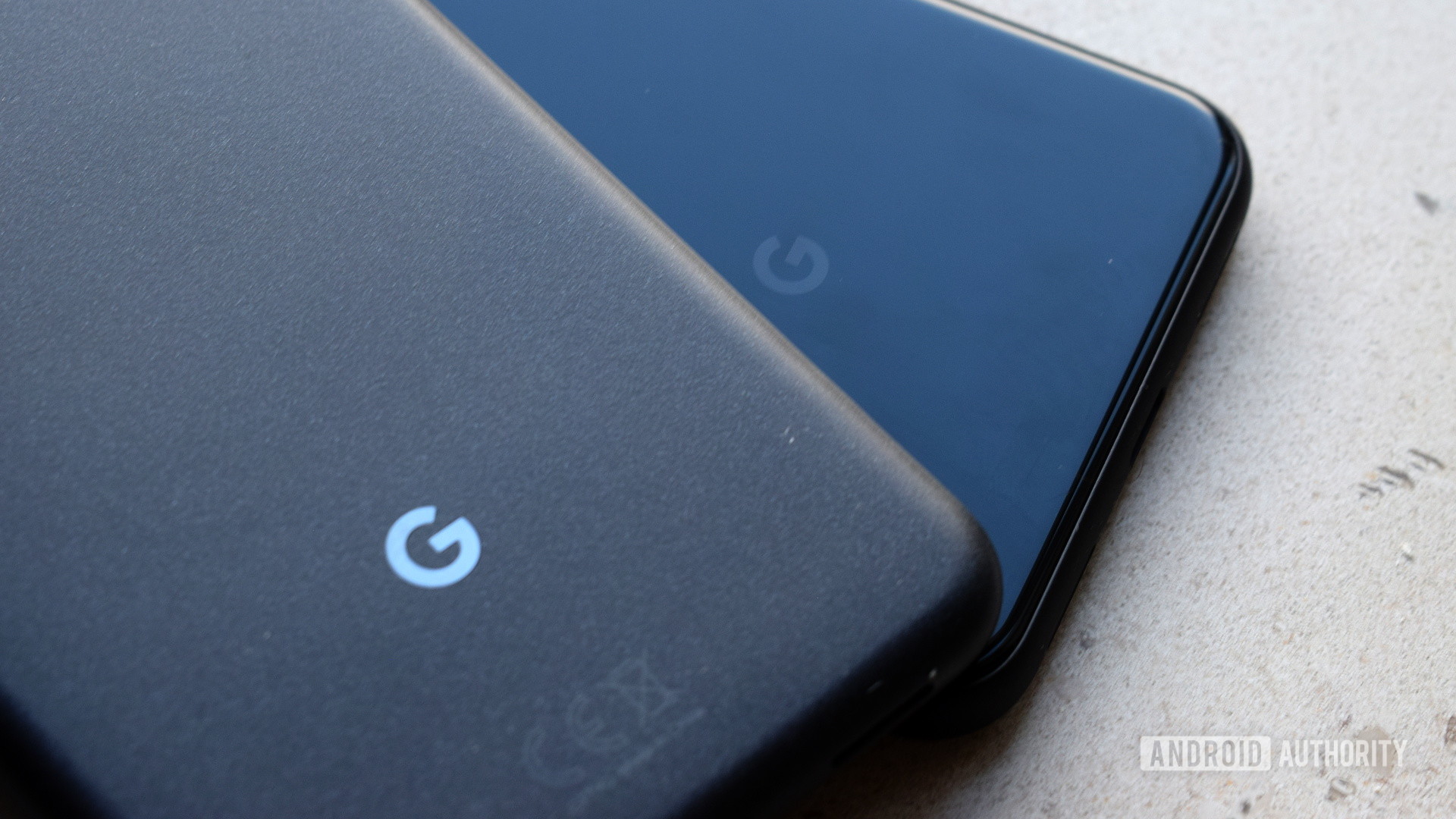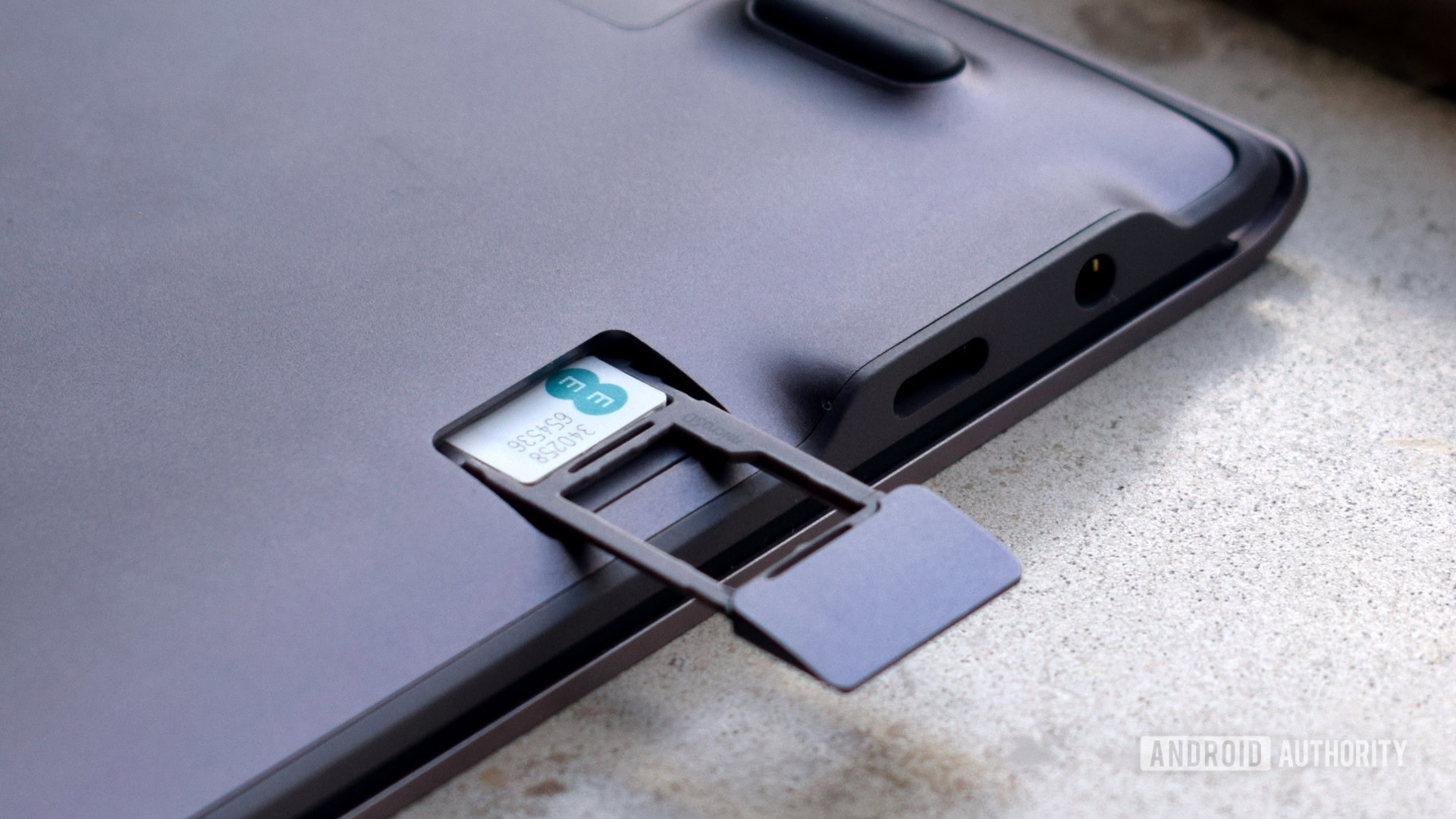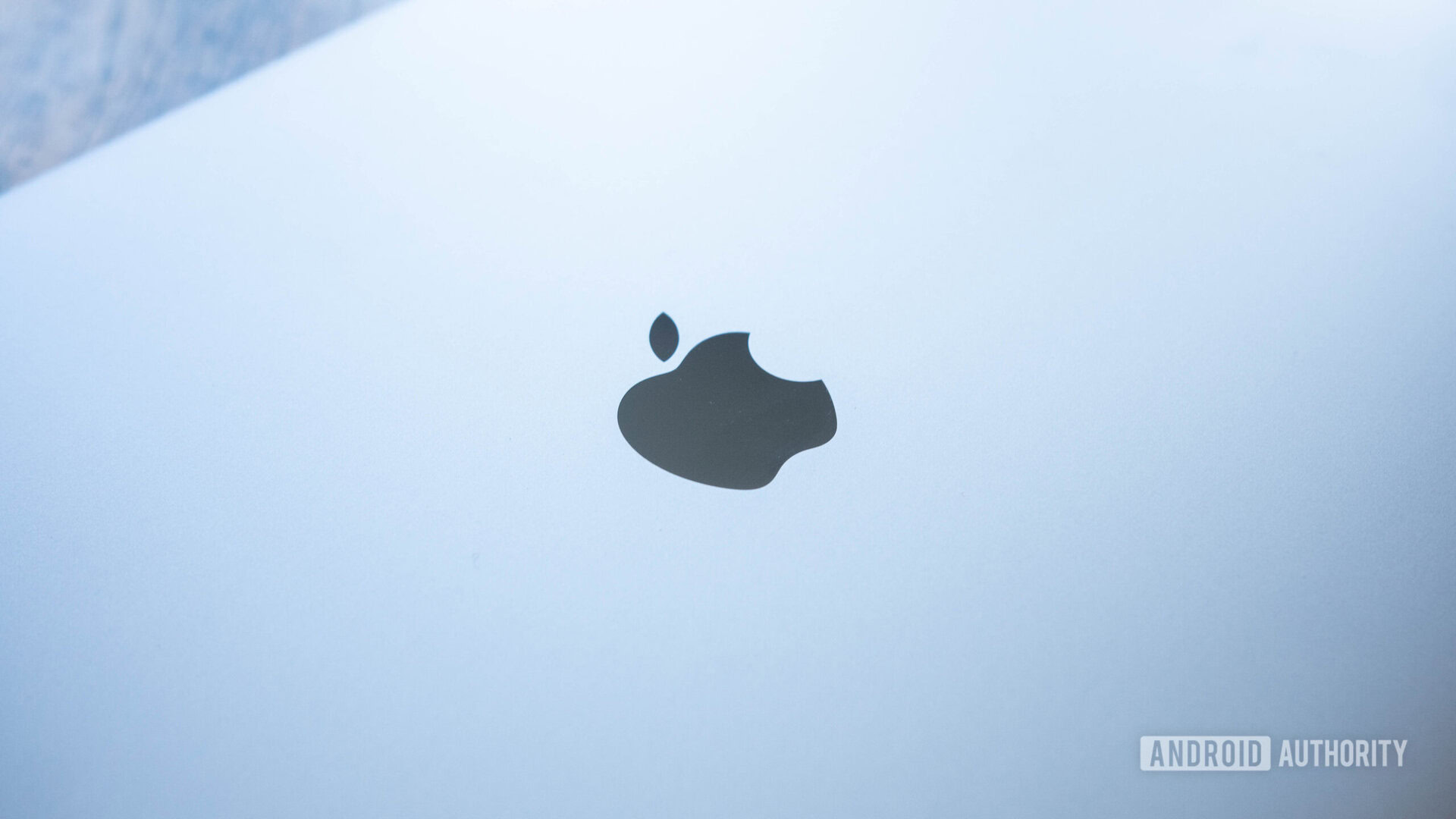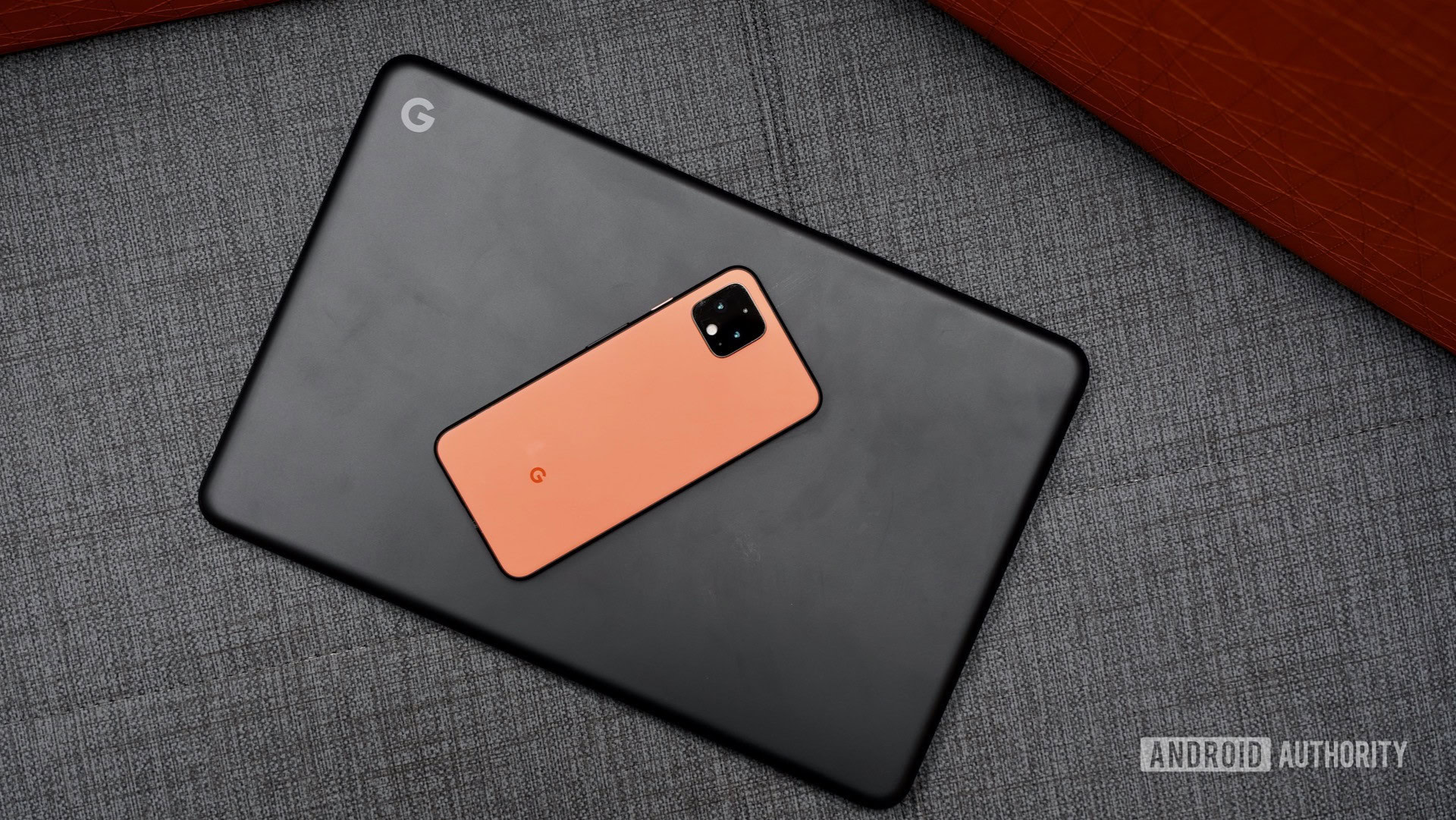Affiliate links on Android Authority may earn us a commission. Learn more.
Arm Macs: Does Google have a reply for Apple's all-in-one ecosystem?
Published onNovember 11, 2020

Yesterday, Apple announced its first wave of Mac computers powered by Arm-based silicon. Tucked away in the unspecified M1 SoC performance claims and dubious charts was a core message that’s likely to upset the status quo. By ditching Intel for its in-house silicon, Apple now has unified control over both hardware and software across its mobile products and now its PCs too. This is a huge change that’s likely to have major implications for Apple’s industry-leading ecosystem in the coming years.
A switch in CPU architecture is not so great for cross-platform software and those now running under emulation. But Apple gains the ability to tailor its future processors to software demands, which could boost performance for some workloads down the line. Likewise, Apple’s entire ecosystem can benefit from machine learning enhancements and secure enclave processing, which will drive future applications. It’s also a big play for biometric security across devices and, of course, digital payments too. Although whether Apple tightening its grip is such a great thing for consumers remains to be seen. But it’s a change nonetheless.
Apple’s move to custom PC silicon could be the biggest industry shakeup in over a decade. That said, Apple is just at the start of its transition rather than the end. There’s plenty of time for its competitors to respond, and if Google wants to keep pace with its own computing ambitions, it’ll need to do so soon.
Related: The best Chromebooks you can buy
Missing out on mobile data

A glaring omission from Apple’s M1 announcement was 4G or 5G networking for working on-the-go. This is in stark contrast to Microsoft’s marketing of the always-connected PC, where 4G networking is a core platform feature.
Apple recently purchased Intel’s modem business, so an integrated modem may appear in future chipsets. But at it stands, Apple is stuck with third-party external modems if it wants to pursue this avenue. This undermines the integrated nature of the M1. Qualcomm’s PC platforms, such as the Snapdragon 8cx, offer an advantage to Microsoft’s Windows on Arm platform in this regard. There’s nothing stopping from Google leveraging these platforms for its Chromebooks too. LTE-ready products like the Samsung Chromebook Plus already exist, after all.
That being said, always-connected PCs aren’t a complete game changer at the moment. Most people are happy working on Wi-Fi. Plus the still reasonably high prices of multi-gigabyte data plans make working from a SIM card rather expensive. But over the coming years, 5G-enabled PCs could become a boon for computing services like Google Workspace. Google would do well to embrace this potential sooner rather than later.
Custom hardware isn’t everything

While control over both hardware and software has its advantages, it’s already possible for other manufacturers to do everything that Apple can. Google certainly doesn’t need to emulate Apple by venturing down the costly route of developing its own SoCs. Arm-based PC chipsets from MediaTek and Qualcomm already offer support for hardware video decoding and encoding, high-resolution HDR displays, secure processing and security features, as well as machine learning prowess to rival Apple’s capabilities. Although some of these platforms could certainly use a bit more computing power to close the gap with higher-end laptops and Apple’s M1.
What’s really important is an operating system and applications APIs that help developers easily leverage these capabilities. You don’t have to own the hardware platform to do that, but you do need to work closely with the providers. On Android, Google already has its Android NN framework to leverage machine learning capabilities across various different chipset platforms, as well as biometric and other security APIs. Chrome OS applications will require similar developer tools to keep up with Apple.
Google doesn't need to build chips, it just ensure great feature support for third-party platforms
As an operating system developer, it’s Google’s responsibility to work closely with various platform developers to ensure support for the features the company views as essential. Microsoft has, so far, only paired up with Qualcomm for Windows on Arm. As a result, MediaTek claims to be waiting for Mali GPU DirectX drivers to support Windows. Google already casts a wider net with Chromebooks chip suppliers and should continue to do so.
Bringing these ideas to the laptop market, most likely through Chrome OS, is certainly possible. But Google may have to shift away from its browser-based approach to better leverage native machine learning, security, and other on-device processing blocks. Unfortunately for Google, not everything should be done via the web. Especially when it comes to sensitive data that should ideally never leave your device. Fortunately, Google has an application ecosystem in Android that it can build on.
Early Chromebooks were powered by Arm-based processors, but the performance was lackluster in those days. That’s not an issue with modern processors and the Arm architecture has the benefit of being able to run Android apps without emulation. Chrome OS could lean into the Android app library, with the right APIs in place. However, the ecosystem is still in desperate need of better support for large-screen applications. Maybe’s that’s where Google’s plans for its still-in-development Fuchsia OS come in?
Prices people, prices

My biggest gripe with Windows on Arm devices so far has been their sky-high prices. The same applies to Apple’s new Macbooks. $999 or more is far too expensive for an ecosystem reliant on emulation and that has performance and potentially other issues with legacy applications. Qualcomm itself has even acknowledged that “the cost to street ASP was not justified” for current Snapdragon-powered laptops. Ultimately, consumers shouldn’t pay premium prices to participate in an unfinished ecosystem transition.
There’s a big gap in the market for more mainstream products boasting AI, enterprise security, and 4G/5G capabilities. Chromebooks have traditionally filled this market segment quite nicely. With Android app support and always-on connectivity for Google’s services, this could be a winning combination. Providing the price is right, of course.
Early, affordable Chromebooks were powered by Arm processors. Arm doesn't have to be expensive.
If third-party manufacturers are reluctant to fill the void, Google could step in with an in-house Chromebook. An Arm-powered Pixel Slate or Pixelbook Go, complete with AI and wireless data capabilities yet priced under $700 would be hard to resist. Apple is certainly vulnerable on price and Google could be the company to bring the much-needed competition.
We’ll have to wait for Google’s next product announcements to see exactly what the company’s response will be. We’re also waiting to see if chip manufacturers can up their game to rival Apple’s performance lead. There’s also the question of whether the web-based approach of Chrome OS is the right approach to rival Apple when it comes to on-device security and machine learning applications.
However, Google has already partially unified the Android and Chromebook ecosystems with cross-platform app support and Google Assistant. The next step is to embrace the latest compute platforms that offer enhanced machine learning, networking, and security features in the laptop form factor. While not forgetting to give developers the tools they need to build next-gen applications for these devices.